By Stephen Ruder
On December 5, 1934, Yoshio Nishimura, managing director of a major Japanese mining company in British Malaya, collapsed and died in the offices of the Straits Settlements Police Special Branch. A prominent member of Japanese society in Singapore, his death shocked the Japanese expatriate community. Nishimura’s death has been shrouded in mystery for over 80 years, and conjecture about his involvement in an espionage ring was rife. However, recently declassified documents from the British National Archives reveal that Nishimura was actually the target of a masterful colonial police double agent operation inspired by the criminal misadventures of an amateur football player turned con man.
Having lived and worked in British Malaya and Singapore for more than eight years, Nishimura was something of an expert on the area just as the Japanese Empire began to look south. After the termination of the Anglo-Japanese Alliance in 1921, the British decided to offset a future Japanese move in the Pacific by building a navy and air force base in Singapore. Work on the naval base only really began to progress in 1932 while the air force base was completed in 1930. As Japanese militarists began to seriously suggest southward expansion, information about the British military buildup in Singapore took on new importance.
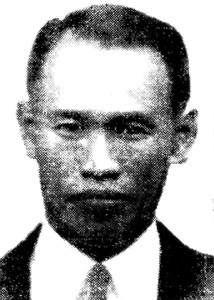
Nishimura was a member of the Japanese South Seas Association, a semi-private, semi-governmental organization founded in 1915 to develop and further ties between Southeast Asia and Japan. By the 1920s, the South Seas Association had partially government funded reporters and research centers in cities throughout Southeast Asia, including Singapore. While it openly published much of its information, the South Seas Association also provided information privately to specific businesses and the Japanese government.
Throughout the 1920s and 1930s Japanese business interests, and increasingly the Japanese government, began looking toward Southeast Asia for new sources of raw materials. In fact, by the late 1920s, Nishimura’s employer, the Ishirara Sangyou Koshi (ISY), had become Japan’s main source of iron ore, a critical raw material to feed Japan’s military buildup. The company grew increasingly closer to the military-dominated government, and by the 1930s it was being used as cover for Japanese espionage in Southeast Asia. The Japanese interest did not go unnoticed as British colonial authorities in Malaya and Singapore became increasingly convinced that Japanese expatriate businessmen like Nishimura were involved in espionage to prepare for an eventual onslaught.
To face the Japanese spies, the British colonial authorities had developed a specialized group of police detectives, the Straits Settlements Police Special Branch. In the early 19th century, Britain expanded its colonial empire into Southeast Asia along the Malay side of the Malacca Straits. The major trading towns of the British colony, Penang, Dinding, Malacca, and Singapore, were collectively known as the “Straits Settlements,” and the British colonial police were called the Straits Settlements Police. After Indian and Malay troops refused to be deployed to the Western Front during World War I, the Straits Settlements Police created a Criminal Intelligence Department (CID) in 1917 to detect and neutralize sedition.
To focus on potentially mutinous Indian troops, the Indian colonial authorities transferred a brilliant Indian police officer to the Straits Settlements, Chief Inspector Prithvi Chand. Chand was highly educated and spoke English, Malay, Hindi, and Japanese fluently. He had first joined the Punjab Police in India in 1911. Arriving in Singapore in 1917, Chand was among the first officers in the CID. He set to work investigating unrest among the Indian troops and then, with the worldwide Communist scares of the 1920s, he worked against largely Chinese Communist organizations. In 1933, CID was renamed Special Branch and began to target Japanese espionage in Singapore. Chief Inspector Chand led the way.
While the historical record contains many gaps, we can reconstruct what most likely transpired from the surviving records. Chand was faced with the monumental task of reorienting his agency from investigating Communists to uncovering Japanese espionage. To do it, he would have first scoured the files, looking for a promising lead. He found one. Six years earlier, a Japanese engraver and convicted forger named Hiromichi Kokubo had been reported for attempted espionage. Kokubo, who was doing work for the Singapore naval base, had attempted to purchase sensitive information about the base from another contractor, but the case had been shelved. With new emphasis on Japanese espionage, this report put Kokubo in the crosshairs of Special Branch as a potential Japanese intelligence agent. Chand and his team of detectives decided to see if Kokubo was still interested in military secrets.
Looking through their rosters of snitches and sources, Chand and his men located two likely candidates to play the role of traitors willing to sell secrets. The first was a Javanese con man named Muara Siregar, who had recently been released from prison for running a fake charity and posing as Malayan nobility. With his gift for acting, he would be the “cut-out” responsible for introducing a double agent to Kokubo. The role of double agent was reserved for a local man of mixed European and South Asian heritage, Percy Don. Don was a talented amateur football player who had once worked briefly on the Royal Air Force (RAF) base in Singapore. Chand wanted them to convince Kokubo that Don was a base employee who could secure sensitive military information through a fictitious corrupt RAF sergeant.[1]
In July 1934, Kokubo was plying his trade from a shop on Bencoolen Street in Singapore when he was approached by Siregar, who asked for language lessons. Following the script laid out by Inspector Chand, Siregar, posing as a reporter, casually mentioned he was in a position to sell secrets about the British air base in Singapore through his friend Percy Don, a base employee. Kokubo jumped at the chance and offered the equivalent of approximately $150,000 U.S. (today’s exchange rate) for the information.
Chand and his team were probably delighted. Not only did Kokubo take the bait, he immediately began to involve several other expatriate Japanese in Singapore. Kokubo first wrote to a friend in Japan to try to drum up support for the scheme. Then he approached Shoji Ohki, an editor at the local Japanese daily, The Singapore Nippon. Ohki joined hesitantly; Kokubo was “in the habit of talking big” and had a bad reputation within the Japanese community in Singapore. Finally, Kokubo approached the prominent Yoshio Nishimura. Despite Kokubo’s poor reputation, Nishimura saw the potential value of the information and took what he thought was a calculated risk. Critically, he did not have all the facts. Kokubo had embellished the story, claiming that Don had already displayed a sample classified map of the air base. Without realizing the whirlwind of double dealing and deceit into which he was stepping, the naive Nishimura fronted Kokubo approximately $6,000 U.S. as earnest money for the purchase.
While Nishimura doubtlessly wanted to help Japan, he was no spy, had no military experience, and was unsure if and how to proceed. However, a Japanese merchant marine training ship, theGiyu Wani Maru,arrived in Singapore a few weeks later. Nishimura asked the officers aboard the training ship for their opinion of the scheme. While the group was uniformly suspect of Kokubo and his poor reputation, the prospect of obtaining information about the Royal Air Force presence in Singapore proved too tempting to pass up. The training ship officers returned to Japan in October, and within weeks the Imperial Japanese Navy (IJN) dispatched two intelligence officers to negotiate the sale of the RAF secrets.
Inspector Chand and his detectives were unaware of the details of the Japanese espionage plan, but because they were keeping a watchful eye on Nishimura, Kokubo, and Ohki, they had an inkling. Chand patiently watched and waited.
Armed with the equivalent of approximately $180,000 U.S., secret codes, a camera, and false passports, the pair of IJN intelligence officers arrived in Singapore by ship on November 29, 1934. The leader, Lt. Cmdr. Tetsuhiko Kaseda, posed as an ISY employee. His colleague posed as a reporter.
They were met at the pier by Nishimura and whisked to local hotels, all under the watchful eye of Chand’s Special Branch surveillance teams. Over the next five days, Kaseda and the other Japanese met repeatedly with Siregar and Don trying to arrange the exchange of money for secrets.
While Chand was trying to organize a way to lure the Japanese into a trap, Don stalled for time. At the first meeting, on December 1, Don claimed he could not locate the corrupt RAF sergeant with whom he had been dealing and thus could not secure the documents. That evening, Special Branch tried its first lure. Don showed the Japanese documents he claimed had come from the base. However, the two Japanese intelligence officers saw no intelligence value in the information and emphasized to Don that they instead wanted aerial photographs or charts of the RAF base. They showed Don the money they had brought from Japan and sent him on his way.
The following day, December 2, the entire operation almost fell apart when Siregar let slip that Don did not actually work at the base anymore. The Japanese were furious, but Don convinced them to give him one more chance. The corrupt RAF sergeant was still his friend, employment or not. With his double agent nearly exposed, Inspector Chand realized that his entire operation was about to collapse unless he could produce a “corrupt RAF sergeant” in the flesh.
Chand quickly approached the RAF and arranged for a second double agent to impersonate Don’s “corrupt RAF sergeant.” The RAF selected Warrant Officer John F. Hall, and on the evening of December 3, he reported for duty with Special Branch. In the meantime, Inspector Chand sent Don back to the Japanese to confidently explain that he would have the information that night.
Late that night, Don, riding in a car provided by the Japanese, picked up Warrant Officer Hall in Paya Lebar near the RAF base in Singapore. The pair pretended to be old friends and used first names while they chatted over a glass of beer with their Japanese driver. Hall then met with Ohki, who was completely fooled by the deception. Inspector Chand had instructed Don to introduce Hall to the two Japanese intelligence officers, but cagily they refused to deal directly with the “corrupt sergeant.” Instead, Ohki was to seal the deal. He specifically asked Hall to steal aerial photograph mosaics of the RAF base, the Royal Navy base, and the Straits of Johor, blueprints of the facilities on each base, and communications cypher codes. Hall agreed to do the job for the sum of approximately $150,000 U.S., and he and Don returned to the base early on the morning of December 4. The group agreed to meet later that day for the exchange.
That meeting never took place. Instead, armed with overwhelming evidence, Inspector Chand obtained legal authority to swoop down upon the unsuspecting Japanese.
That evening, police found Lt. Cmdr. Kaseda and his colleague at their hotel. They were detained for immigration violations and their belongings searched. The pair quickly broke down and admitted their mission. Rather than face a diplomatic incident, Special Branch was instructed to escort them to a passenger ship departing for Japan and keep them there under guard until they sailed the next day. As they steamed out of the harbor on December 5, Special Branch quietly arrested Kokubo and Ohki.
In the meantime, Inspector Chand summoned Nishimura for questioning, but when he arrived he was too terrified to speak. Chand took pity and sent him home. The next day, December 5, Chand again summoned Nishimura. Upon arrival, the Japanese businessman almost immediately collapsed and died. A company man to the end, the subsequent coroner’s inquiry found that Nishimura had likely committed suicide by taking strychnine.
Described as the most impressive Japanese burial in Singapore for years, the Japanese Association held a grand funeral for Nishimura at the Japanese Cemetery Park in Singapore. Nishimura’s death in 1934 perplexed the Japanese expatriate community in Singapore. The circumstances of the espionage allegations and his role in the affair were never fully explained in the press, and speculation about the episode continues to this day in Singapore.
For example, the plaque beside Nishimura’s grave reads, “… the British Colonial Authorities ordered [Nishimura] to appear for a spy investigation for photographing their naval port….”
As for the rest of the figures in this affair, Chief Inspector Prithvi Chand managed to escape the fall of Singapore in 1942 and survived the war. In 1945 he was honored by King George VI for his service with Special Branch in India. The Japanese intelligence officer, Lt. Cmdr. Kaseda, proved an unworthy opponent. He stupidly blew his own cover in Singapore by using a briefcase inscribed with his true name and affiliation with the IJN in English. Ironically, the briefcase was a gift from William Forbes-Sempill, a retired British RAF officer and also a suspected Japanese spy.
Kaseda’s involvement in the Nishimura affair did not bode well for his career. He was drummed out of the IJN in 1938 for involvement with a banned religious society. The two fortune seekers who were the first duped by Special Branch, Kokubo and Ohki, were banished from the Straits Settlements and deported in January 1935. Like their con men nemeses, Siregar and Don, their ultimate fates are unknown.
Nishimura’s grave in the Japanese Cemetery Park in Singapore is a testament to his prestigious status within the Japanese expatriate community; he was buried in a place of honor just opposite the Saiyuji Buddhist Temple. The monument beside his headstone is inscribed, “Here lies one of the people who dedicated their lives to opening a new market in the South and the prosperity of Southeast Asia.”
Now we know that Yoshio Nishimura was indeed dedicated to seeking prosperity in Southeast Asia, but as Japan slipped from commercial expansion into military conquest to open new markets he also tried to be a spy, a naive, amateur spy who stumbled blindly into a trap set by the skilled detectives of the Straits Settlements Police Special Branch. It was a world he never should have entered, and for his mistake he sentenced himself to the ultimate punishment.
Stephen Ruder is a civilian employee of the U.S. Navy. He resides in Singapore.
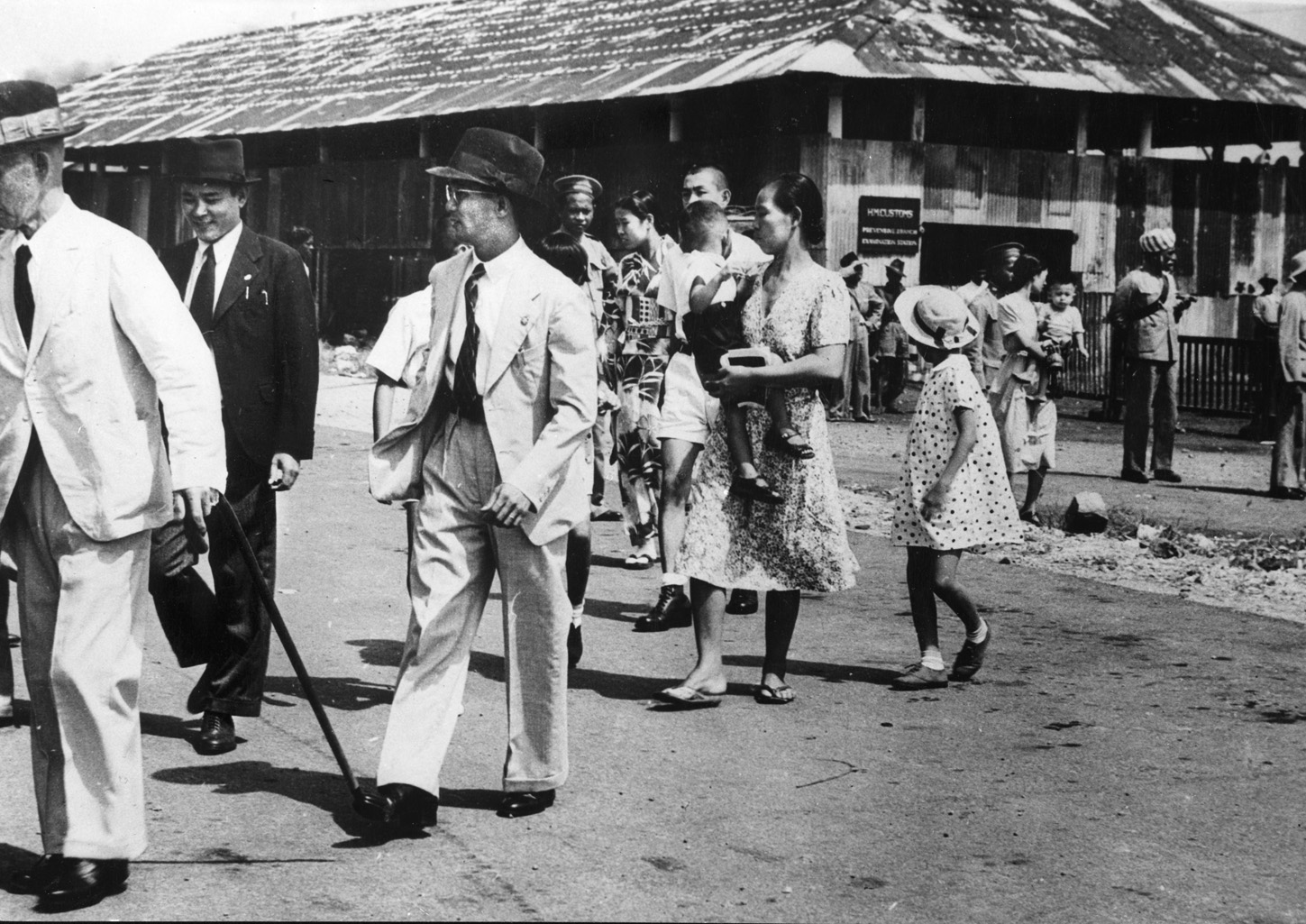
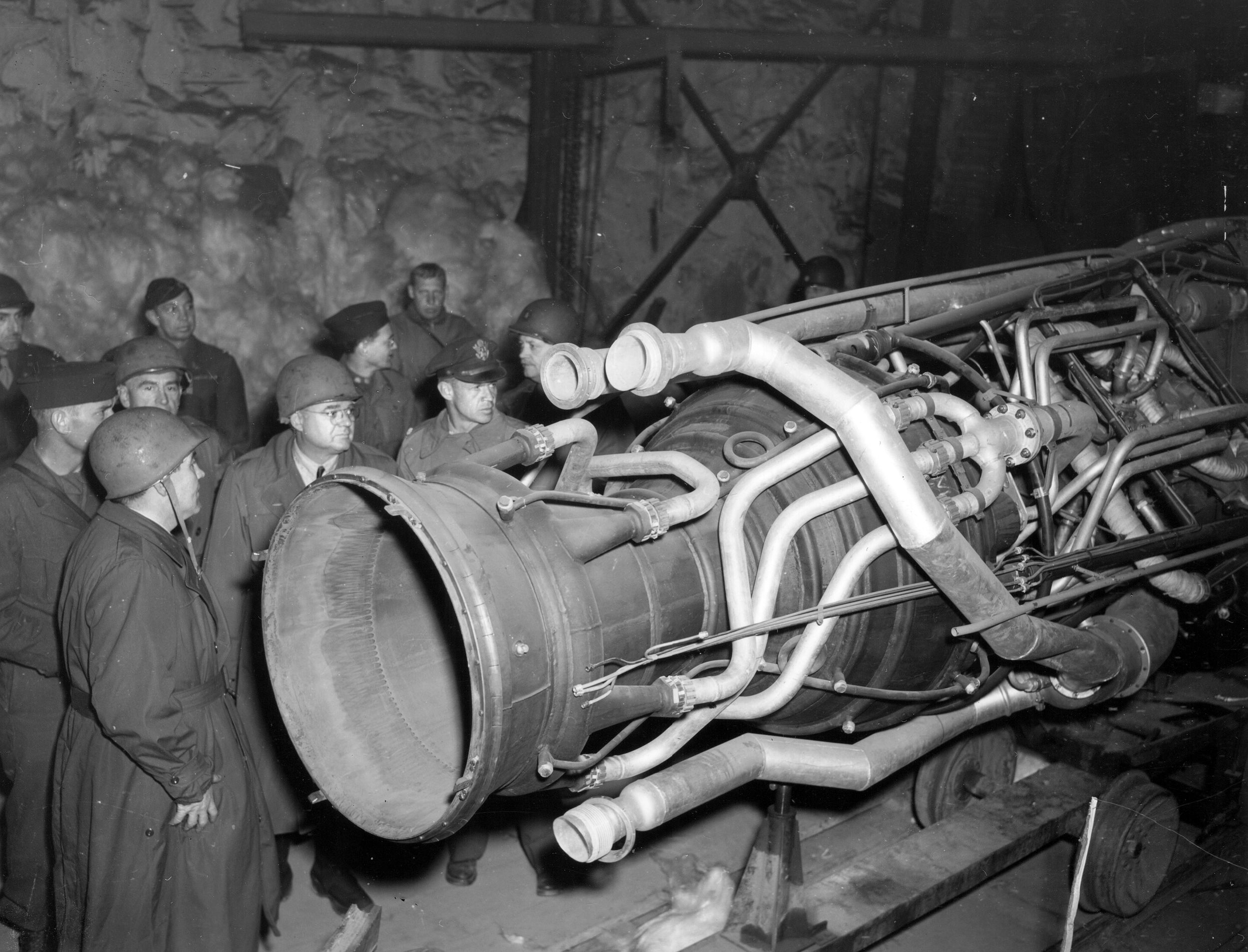

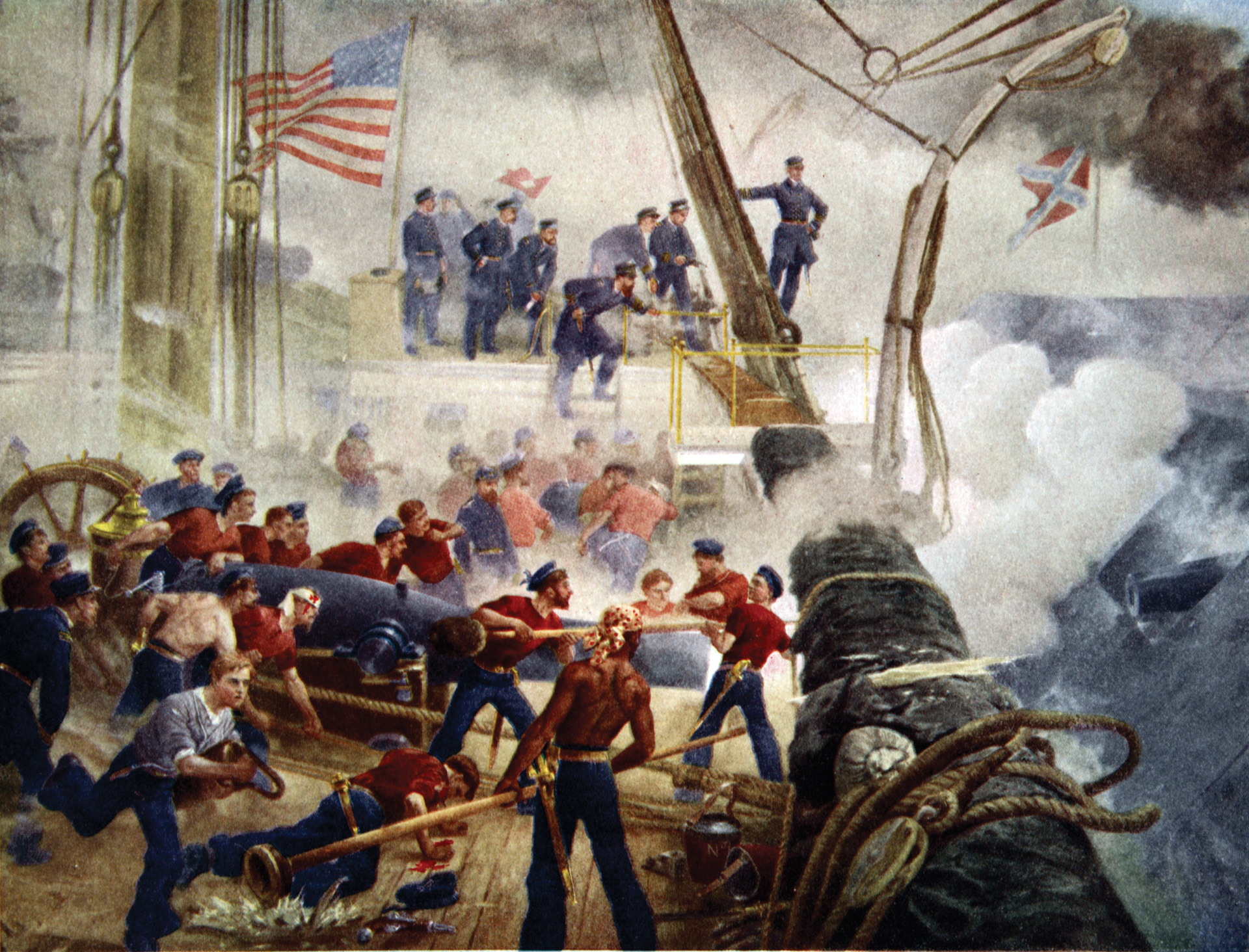
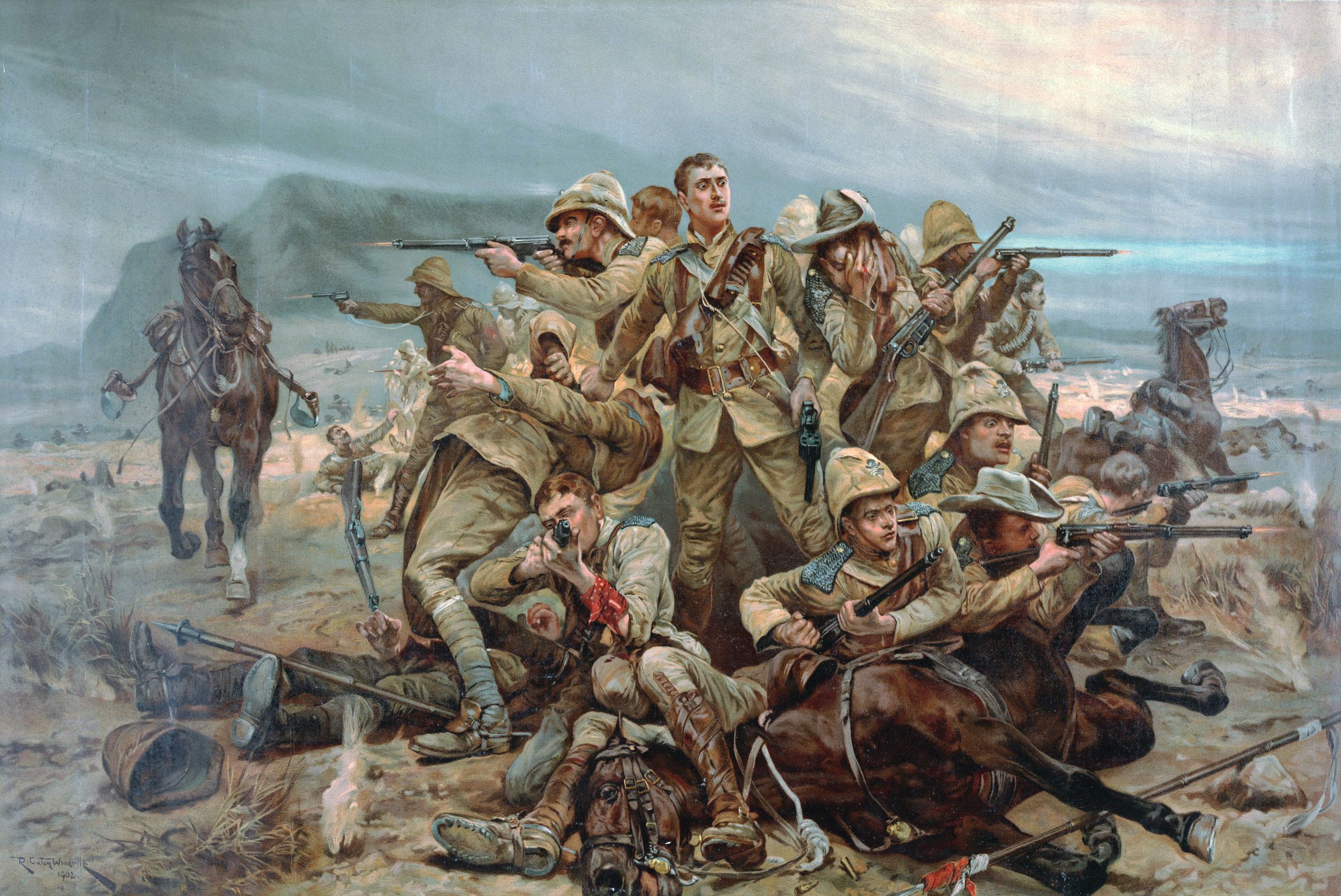
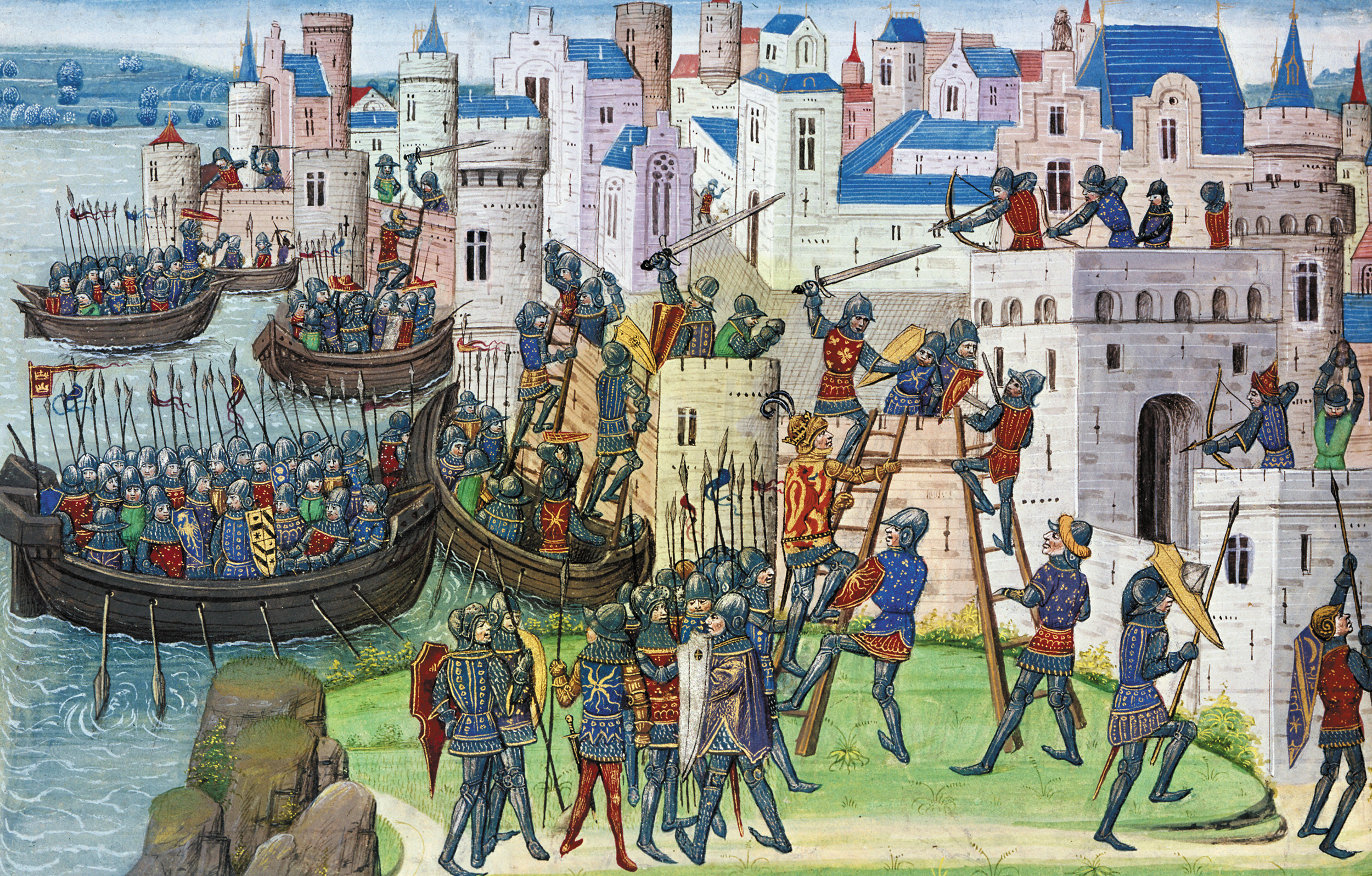
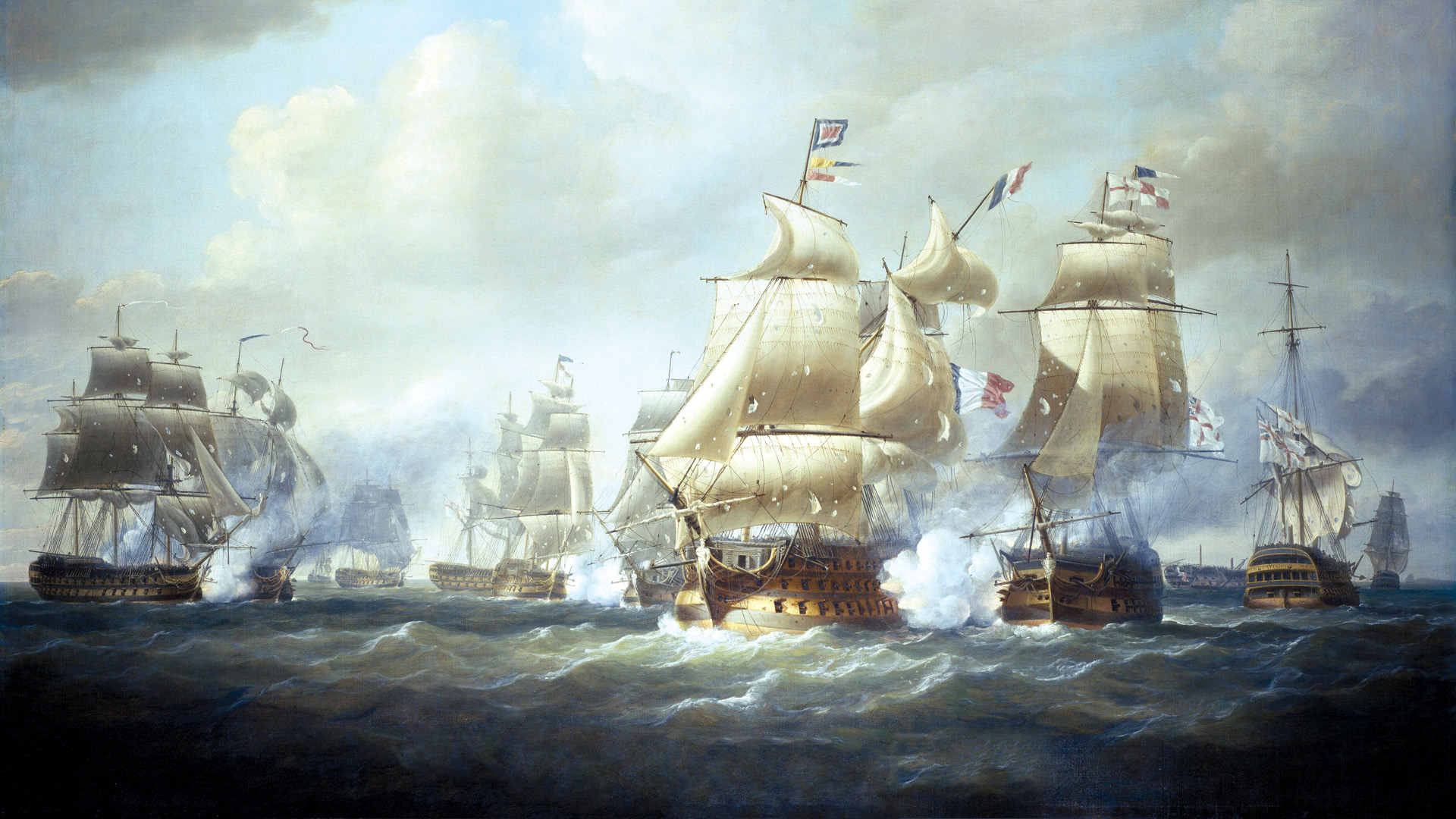
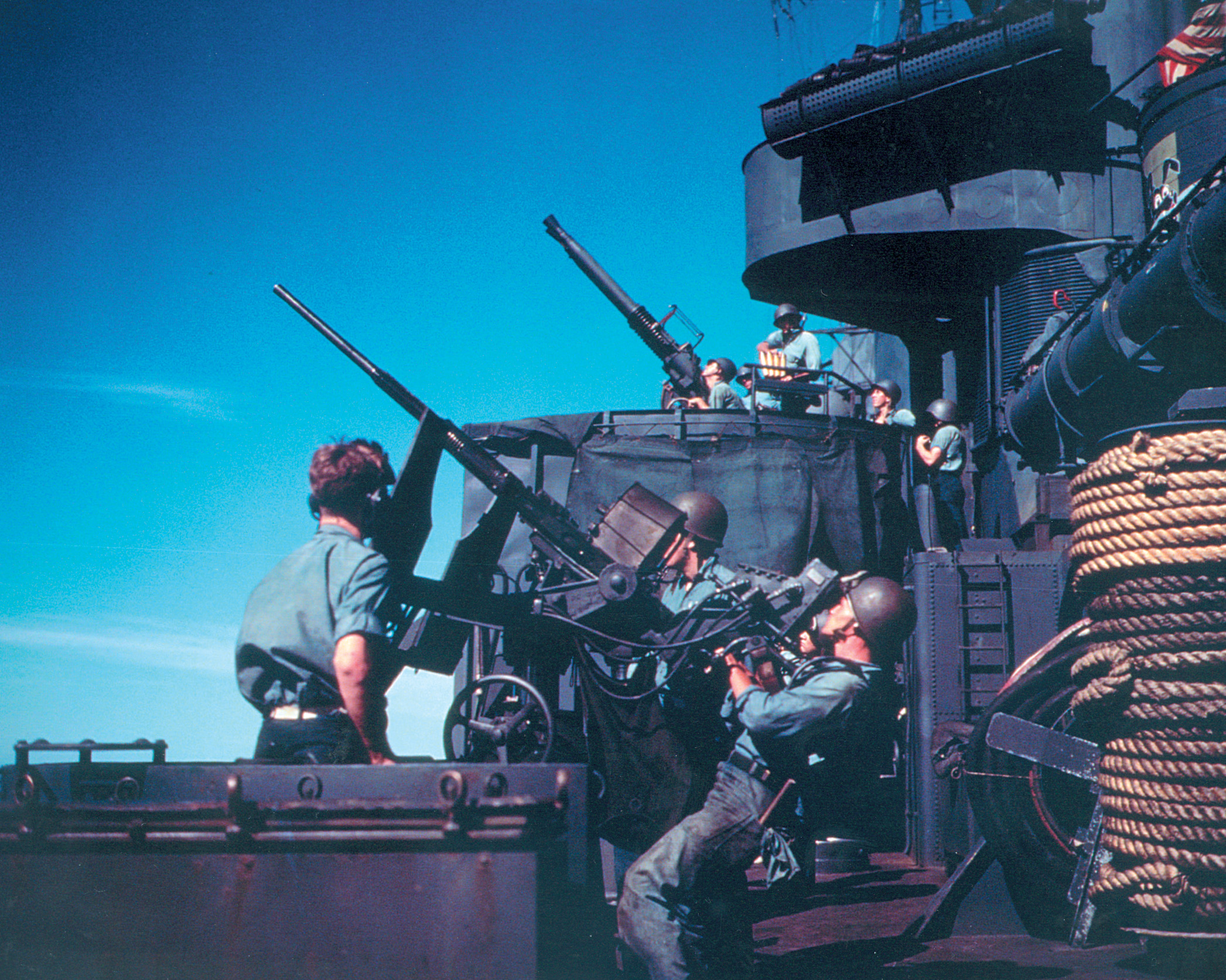
Join The Conversation
Comments
View All Comments